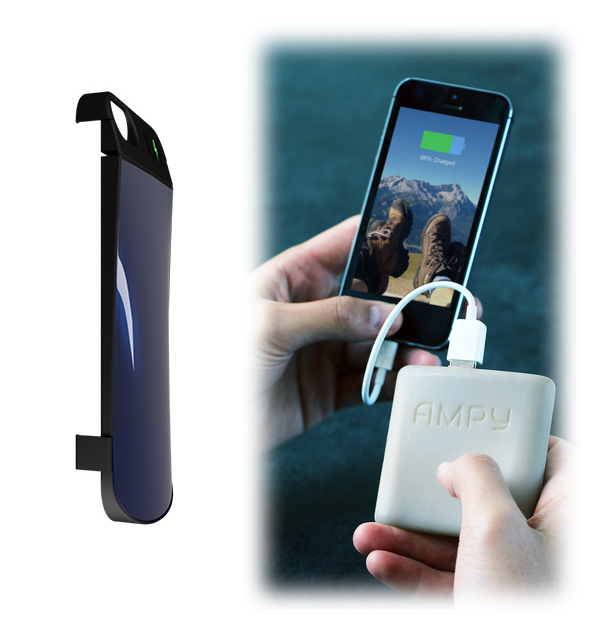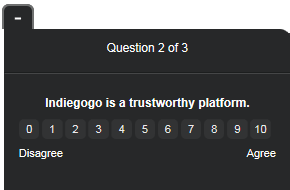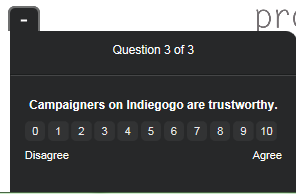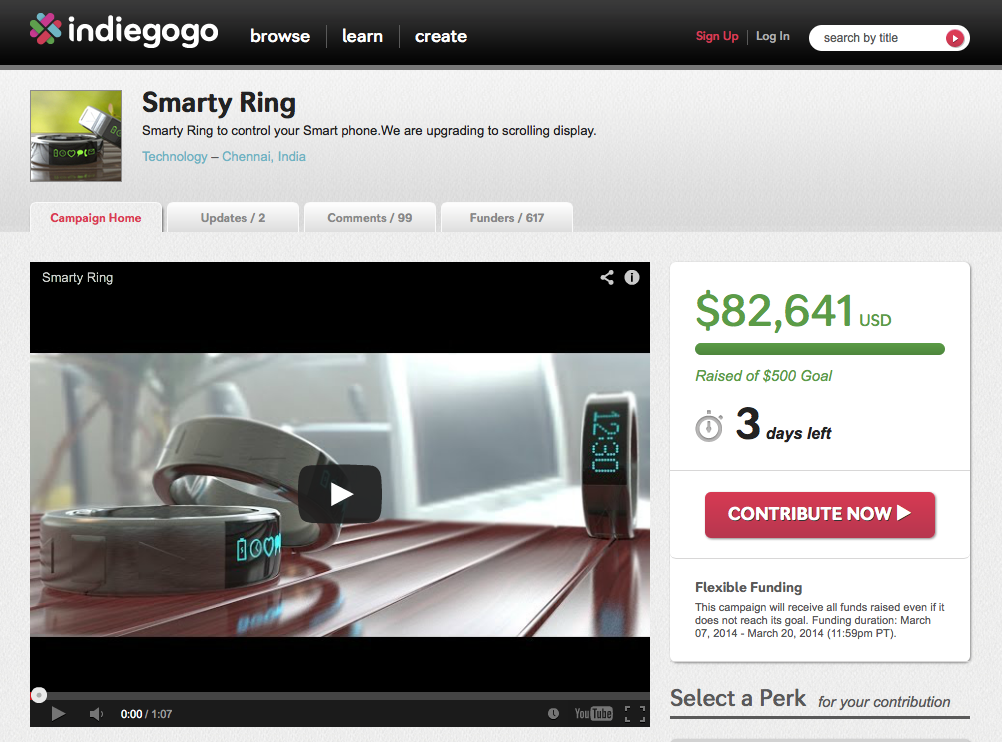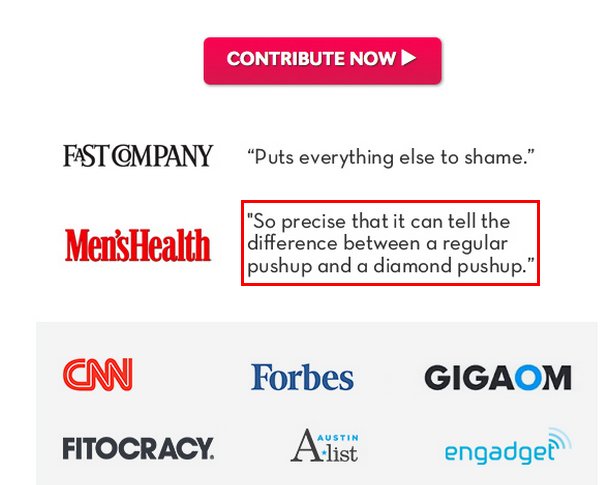Since man first learned to harness and use the electron, there has been a constant struggle to find new and more efficient ways to generate electric power. The Greeks rubbed animal hides against amber (as they called it ἤλεκτρον or ēlektron) while much later, European scientists devised the electrostatic generator and Leyden jar. While these discoveries and technologies are elegant exploitations of the laws of physics (and great for entry-level electrical science courses), they were ultimately too inefficient to provide any real benefit to society.
As a result, we typically generate electricity by spinning the wheel of an electromagnetic generator whether it be by burning coal, damming a river, or digging a very deep hole in the ground. We have also made major efficiency gains in our use of this power. LED bulbs use less power than incandescents, and today’s smartphones can perform calculations millions of times faster than yesterday’s vacuum tubes using a fraction of the energy.
Some recent efforts have tried to combine these two themes by taking what was once a wasteful byproduct and turning it into an energy source making an entire process more efficient. Hybrid and electric vehicles use regenerative braking where a car’s kinetic energy is captured and converted back into electric energy during stops, and in some gasoline cars, a turbocharger will use exhaust to compress the air going to the engine causing it to deliver more power more efficiently.
There are always a trade-offs though. The methods used to capture waste energy are usually highly inefficient, so you need to seek out a large source of waste to make it worthwhile. Sure, your breathing could be used to spin a turbine and a bodybuilder could be hooked to a generator instead of a weight machine, but the amount of energy created these ways compared to the cost and complexity associated with capturing that energy make them ultimately useless.
So let’s talk about Ampy and Juse.

